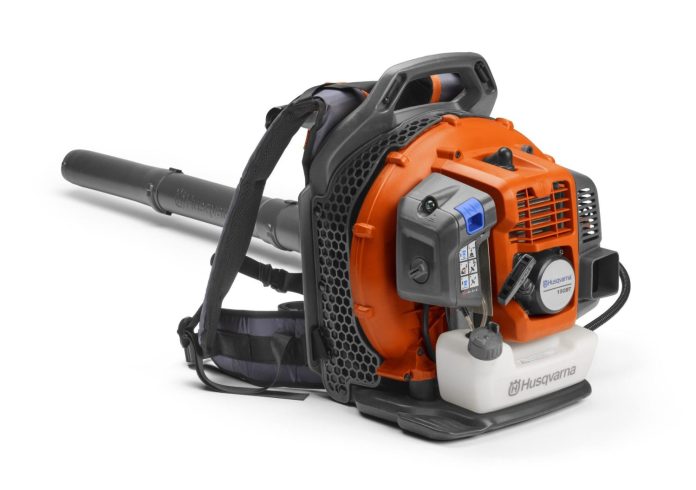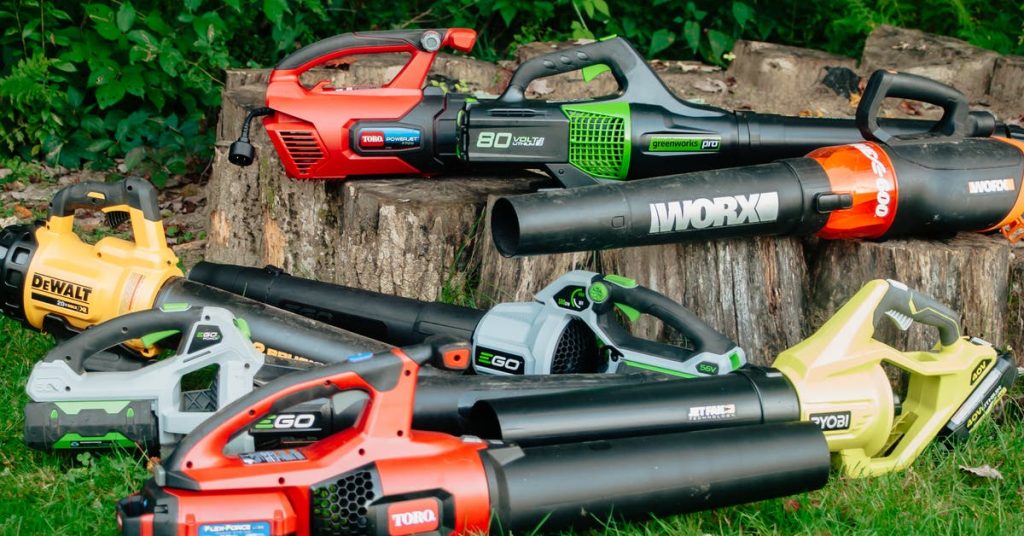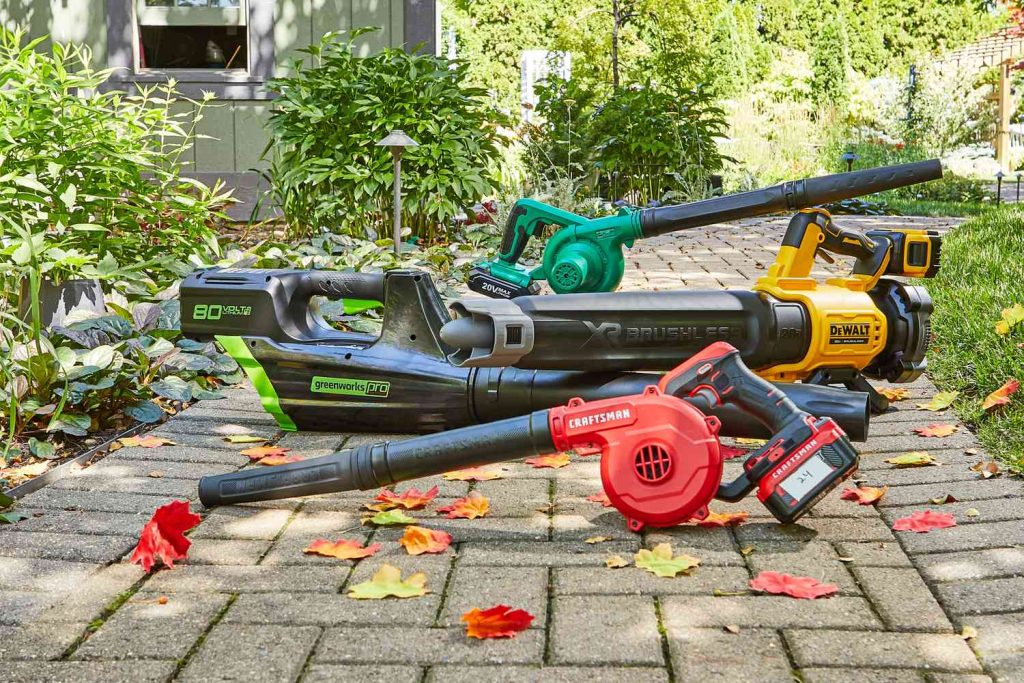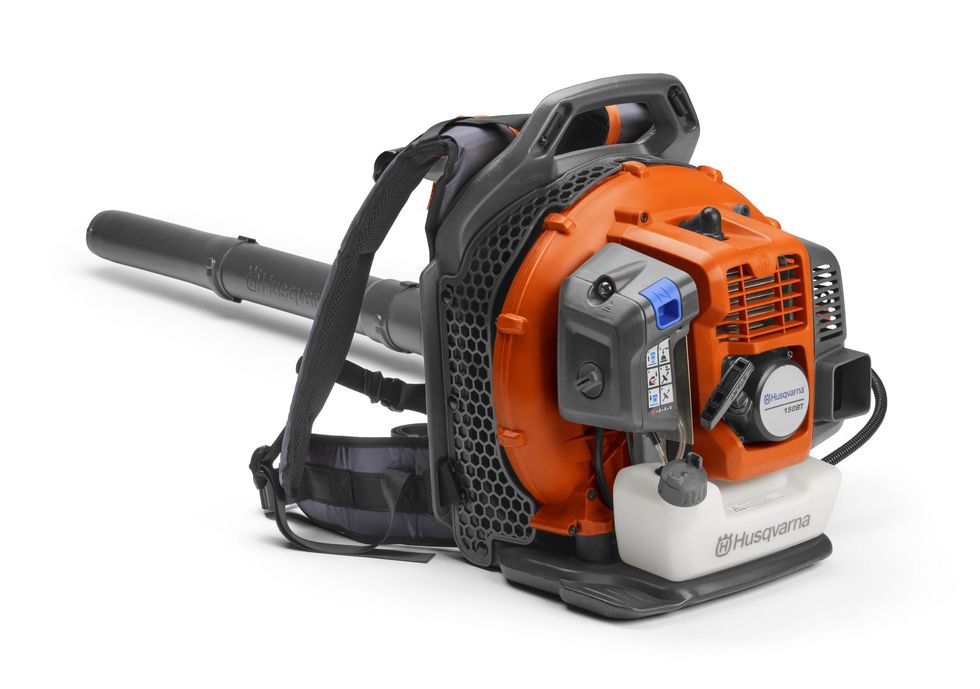Shopping for a leaf blower can be overwhelming with the wide array of options available. However, fear not! In this article, we will guide you through the key features to consider when purchasing a leaf blower. Whether you’re a seasoned gardener or a first-time buyer, we’ve got you covered. From power and speed to noise levels and mobility, we’ll help you make an informed decision so you can bid farewell to those unruly leaves with ease. So, let’s embark on this leaf-blowing journey together! When it comes to purchasing a leaf blower, there are several important features to consider. From the power source and the power itself, to the size and weight, noise level, blower type, variable speed settings, ease of use, durability, maintenance, and accessories, each factor plays a crucial role in determining which leaf blower is the right fit for your needs. In this article, we will explore each of these features in detail to help you make an informed decision.
This image is property of mobileimages.lowes.com.
Power Source
The power source of a leaf blower is an important consideration, as it directly impacts its performance and convenience. There are three main types of power sources to choose from: gas powered, electric powered, and battery powered.
Gas powered leaf blowers are known for their high power and mobility. They are typically more powerful than their electric or battery-powered counterparts, making them suitable for larger areas and heavy-duty tasks. However, they are also noisier and emit emissions, which may not be ideal for environmentally conscious users.
Electric powered leaf blowers, on the other hand, are a popular choice for their ease of use and low maintenance. They are lightweight, emit zero emissions, and require minimal upkeep. Electric leaf blowers are especially suitable for smaller yards or areas close to power outlets, as they need to be plugged in during operation.
Battery powered leaf blowers offer the advantage of cordless operation, making them highly portable and convenient. They are typically quieter and emit no emissions, which makes them a greener alternative to gas powered blowers. However, their power output and runtime may be limited by the battery capacity, so they are best suited for smaller tasks and occasional use.
Power
When evaluating the power of a leaf blower, two main factors to consider are the air volume and airspeed. Air volume is measured in cubic feet per minute (CFM) and refers to the amount of air the blower can move in a given time. Higher CFM values translate to greater blowing efficiency.
Airspeed, on the other hand, is measured in miles per hour (mph) and describes the velocity at which the air is expelled from the blower. Higher airspeed allows for more forceful blowing, which is ideal for removing wet or stubborn debris.
It’s also worth noting the CFM to mph ratio, as it indicates the airflow efficiency of the blower. A higher ratio means that the blower is able to move a greater amount of air at a higher speed.
Size and Weight
The size and weight of a leaf blower are important factors to consider, as they directly affect the ease of use and maneuverability of the tool. Leaf blowers generally come in two main categories: handheld and backpack blowers.
Handheld blowers are compact and lightweight, making them easy to carry and maneuver around tight spaces. They are ideal for small to medium-sized areas and are generally more affordable compared to backpack blowers. However, prolonged use may cause fatigue due to the weight being held in one hand.
Backpack blowers, on the other hand, are worn like a backpack, distributing the weight more evenly across the user’s body. This design makes them suitable for larger areas and longer durations of use. While they do tend to be more expensive and heavier than handheld blowers, the added comfort and power of backpack blowers are worth considering for larger tasks.
Noise Level
The noise level of a leaf blower is an important consideration, especially if you live in a noise-sensitive neighborhood or have noise ordinances in your area. Leaf blowers produce sound measured in decibels (dB), and it’s advisable to choose a model with a lower decibel rating for a quieter operation.
Electric and battery powered leaf blowers are generally quieter than gas powered blowers, making them more suitable for noise-conscious areas. It is recommended to check the manufacturer’s specifications for the decibel rating to determine the noise level of a leaf blower.
This image is property of www.familyhandyman.com.
Blower Type
Consider the type of blower that best suits your needs – handheld blowers or backpack blowers.
Handheld blowers are compact and lightweight, providing easy maneuverability. They are typically easier to store and carry around, making them convenient for smaller tasks and areas.
Backpack blowers are larger and worn like a backpack, making them more powerful and suitable for larger spaces. They are designed with comfort in mind, with padded straps and backrests to reduce fatigue during prolonged use.
Deciding between handheld and backpack blowers depends on the size of the area you need to clear and your personal preference for comfort and ease of use.
Variable Speed Settings
Variable speed settings allow you to adjust the airflow and power output of the leaf blower according to the task at hand. This feature is particularly useful when working with delicate surfaces or when you need different air velocities for different types of debris.
Having the ability to switch between low and high speeds allows for greater versatility and control, ensuring that you can tackle a wide range of tasks efficiently.
This image is property of cdn.thewirecutter.com.
Ease of Use
The ease of use of a leaf blower is essential for a pleasant user experience. Consider features such as ergonomic design, comfortable handles, and quick-start technology.
Ergonomic design ensures that the blower is comfortable to hold and operate, reducing strain and fatigue during use. Look for models with well-balanced weight distribution and padded handles for added comfort.
Quick-start technology simplifies the process of starting the blower, eliminating the frustration that can come with difficult or complicated starting procedures. Look for leaf blowers that offer easy and hassle-free starting mechanisms.
Durability
Durability is an important factor to consider, as you want your leaf blower to withstand regular use and last for years to come. Pay attention to the quality of materials used in the construction of the blower, as well as the overall sturdiness and build quality.
Leaf blowers with metal components, reinforced housing, and durable internal parts are likely to be more robust and long-lasting. It’s worth investing in a higher quality blower that can withstand the demands of your tasks and the test of time.
This image is property of www.bhg.com.
Maintenance
Consider the ease of cleaning and the availability of replacement parts when choosing a leaf blower. Leaf blowers can accumulate debris and require regular cleaning to maintain optimal performance. Look for models with easy access to the air intake and exhaust areas for convenient cleaning.
Having access to readily available replacement parts is also important, as it allows for prompt repairs and ensures that your leaf blower stays in good working condition. Check with the manufacturer or authorized dealers to ensure that replacement parts are easily obtainable for the model you are considering.
Accessories
Leaf blowers often come with various accessories that enhance their functionality and versatility. Some common accessories include vacuum or mulching attachments, extension tubes, and extra nozzles or attachments.
Vacuum or mulching attachments allow the leaf blower to function as a vacuum, making it easier to collect and dispose of leaves and debris. Extension tubes help extend the reach of the blower, especially in harder-to-reach areas or when cleaning gutters. Extra nozzles or attachments provide additional options for directing and controlling airflow, depending on the task at hand.
Consider the accessories that are available for the leaf blower models you are considering and determine which ones would be most beneficial for your specific needs.
In conclusion, when purchasing a leaf blower, it is important to consider factors such as power source, power output, size and weight, noise level, blower type, variable speed settings, ease of use, durability, maintenance, and available accessories.
By carefully evaluating these features and considering your specific needs and preferences, you can find the perfect leaf blower that will make your yard maintenance tasks a breeze. Whether you opt for a gas powered, electric powered, or battery powered leaf blower, prioritize comfort, efficiency, and reliability to ensure a satisfying and effective leaf blowing experience.
This image is property of hips.hearstapps.com.








































